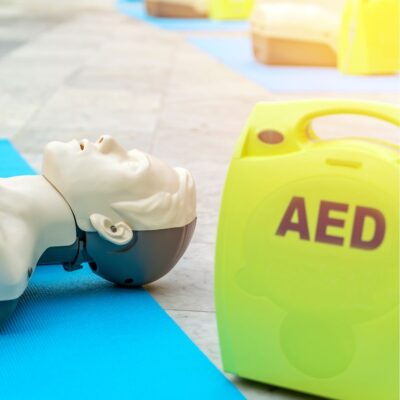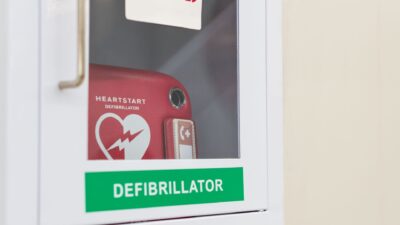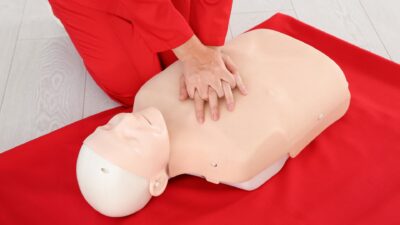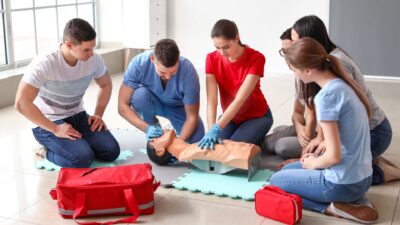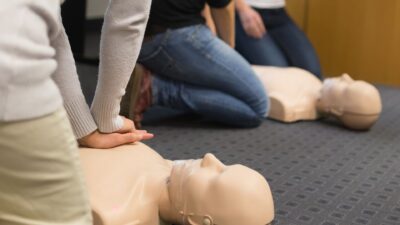
How to Maintain Your CPR Skills Over Time in Toledo
Staying proficient in CPR is essential for ensuring you can act confidently in emergencies. Whether you’re a healthcare provider or a concerned citizen, maintaining your CPR certification and regularly attending CPR certification classes in Toledo can help you retain vital lifesaving skills. With consistent practice, refresher courses, and staying updated on the latest CPR guidelines,…
Read More

